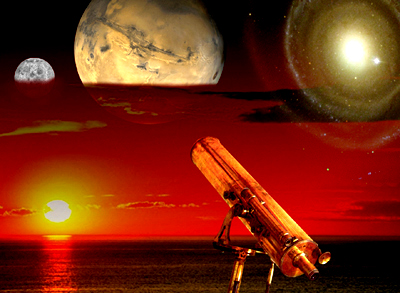Today ended more than a year of hard work for Europe's space-based scientists and their collaborators located all over the world. It was final submittal day to the European Space Agency's (ESA's) Cosmic Vision 2015-2025 Program. The proposals responding to this call, encompassing approximately 1000-2000 proposal-writing-dazed scientists, will eventually lead to the selection of one medium-sized mission (Class M) to enter the implementation phase in 2012, with a launch foreseen in the mid-2017 time-frame. The Call also invites proposals for concepts of more ambitious missions of the flagship category, a Class L mission, that will require an extended preparation.

From a presentation at a briefing in April: Based on the parameters of Class M/L missions, the average mission frequency is expected to be one launch every 15 to 18 months. Future calls are expected to take place every 3-4 years, which are structured to meet the needs (mix of missions, balance of disciplines) and financial planning of the Cosmic Vision plan.
The evaluation of these proposals will be made during July through September 2007. In October, the selection of three M Class missions and three L Class missions will be announced to enter Phase A studies.
This is an interesting time for future space-based science research. From the submitted Letters of Intent, sixty-three proposals were submitted. The topics cover a wide range of space-based physical sciences, including astrophysics, solar physics, plasma physics and planetary sciences; such as the exploration of Jupiter, Saturn, the Sun, Titan, high-energy sources, cosmological magnetic fields, interstellar dust, various aspects of gravity and relativistic particles, all sky surveys, dark matter, Near Earth Objects, and extrasolar planets.


